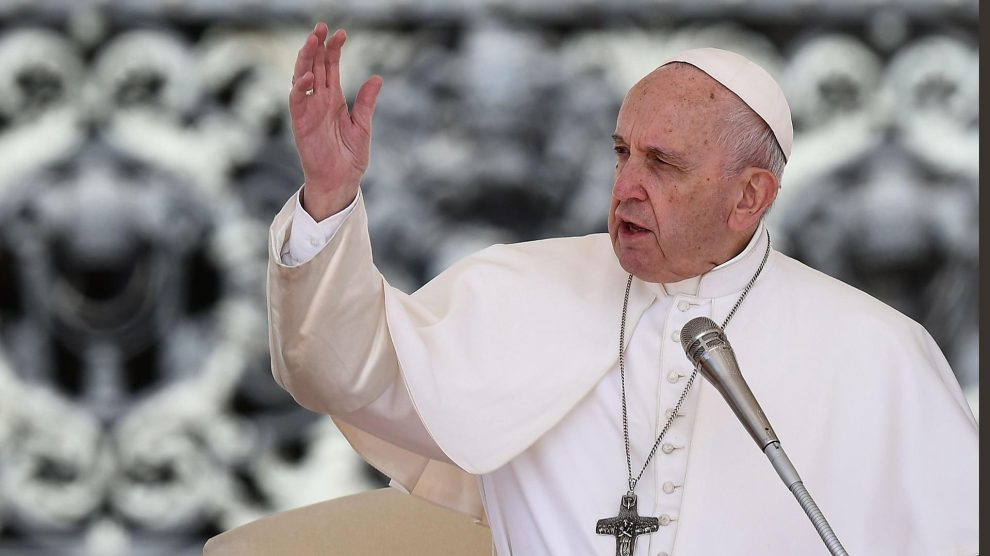Clerical abuse of children and adults has been a long-standing problem within the Catholic Church. While many people associate the epidemic of child abuse by Catholic priests and monks with the late 20th century, in reality, this tragic phenomenon has been documented during many earlier historical periods. Historians have found evidence suggesting that the Catholic Church has struggled with this issue for at least the past 500 years. Frustrated with the church’s refusal to address the tragedy or implement regulations to protect individuals from predatory clergy members, many states, including California, have recently begun introducing new laws to make it easier for victims to pursue justice in the courts. If you have questions about the history of CA clergy abuse, you’ve come to the right place — read on for a brief rundown of the history of this tragic phenomenon.
How has the Catholic Church traditionally responded to reports of abuse?
Many studies have shown that the church often responds to reports of abuse by moving into a defensive stance. Instead of focusing on victims’ needs, church leaders often do nothing to address the behavior and simply move the offending clergy member to another post, often without notifying the new parish of that clergy member’s troubling history. The focus is usually on protecting the institution instead of on discovering and reforming the causes of the abuse. Caring for those victimized often appears to be an afterthought, according to many victims. Some dioceses have settled out of court with victims, but these settlements often require victims to sign confidentiality agreements, reinforcing a culture of silence and shame. A great deal of criticism has emerged surrounding the church’s approach to dealing with sexual abuse due to the church hierarchy’s now documented participation in covering up known and common criminal behavior.
Has the Catholic Church taken any steps to address the issue?
In November 2020, the church released a comprehensive report detailing the decades of child abuse perpetrated in Philadelphia by Cardinal Theodore McCarrick, the fourth highest-ranking Catholic cleric in the United States. In response, Pope Francis condemned the participation of the church in covering up the abuse and condemned the practice of protecting the church instead of its victims. One year later, the Vatican took an important step and implemented a law clearly defining the abuse of adults as a violation of church law.
How has California responded?
In 2019, the California assembly passed AB218, a law that essentially gives victims another means to seek justice. The law greatly extends the statute of limitations and expands the circumstances under which victims are permitted to bring civil cases. It also raised the age by which victims must make a claim from 26 to 40, giving impacted individuals more time to decide how to proceed. Finally, the law permits the recovery of triple damages in cases where the church actively covered up criminal behavior.








